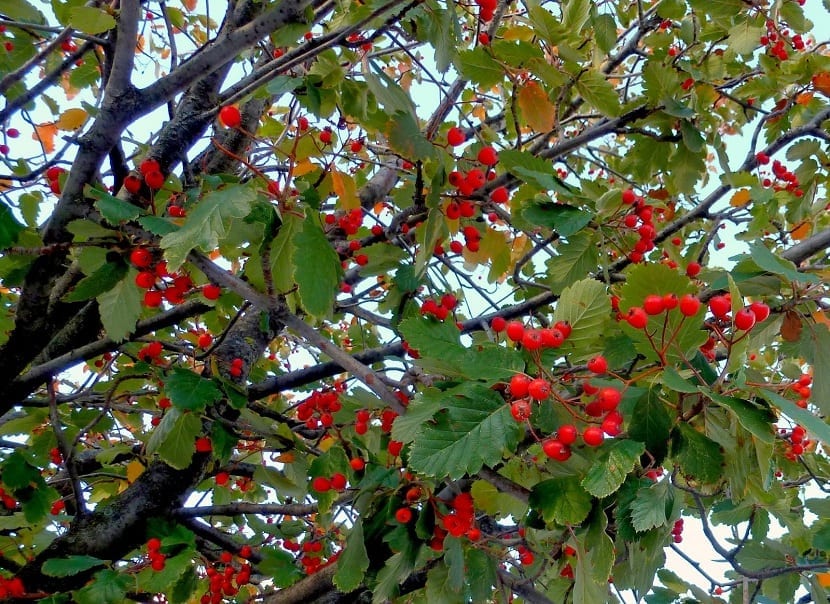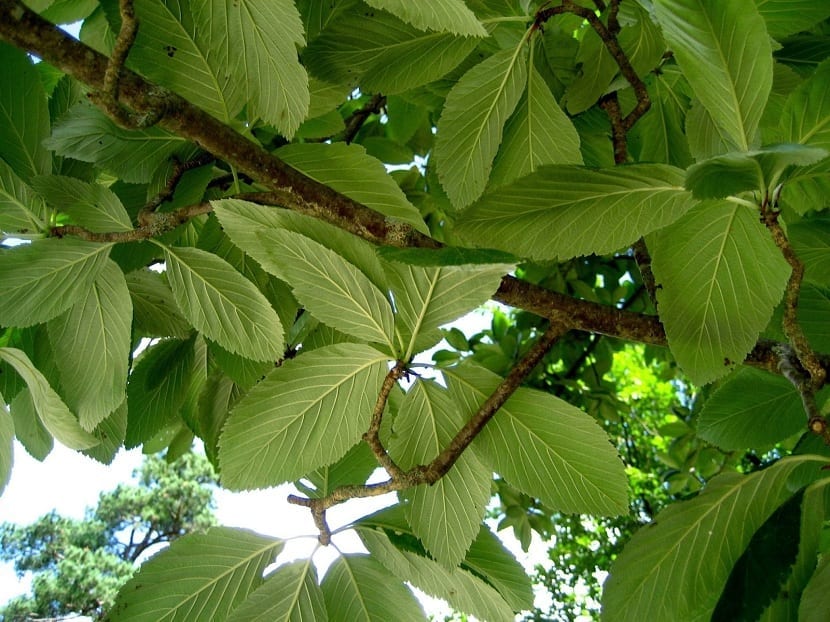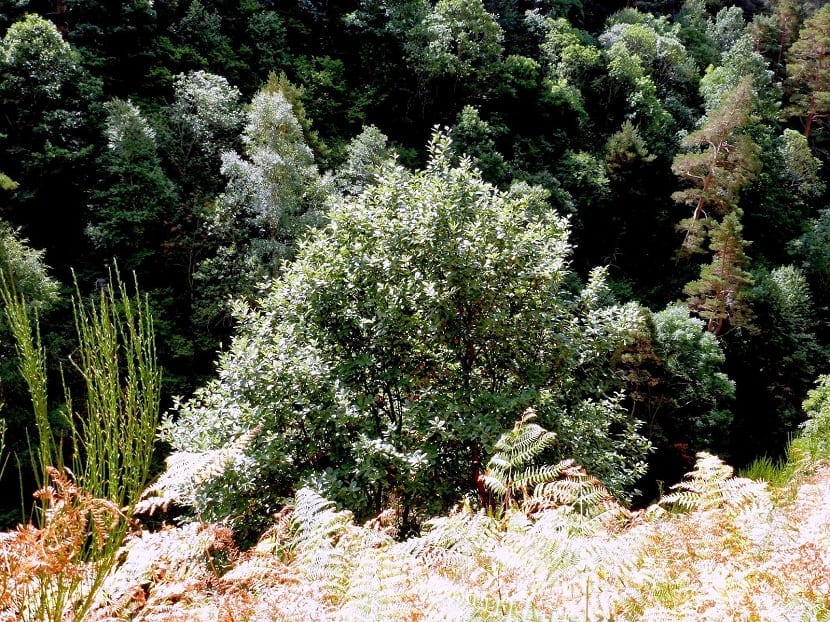
Today we are going to talk about mustache. It is a medium-sized tree, perfect for urban ornamentation whose scientific name is sorbus aria. It is also known as Moorish Serbal and belongs to the Rosaceae family. In this article we are going to discuss in detail all its characteristics, care it needs and how we should multiply it to expand it in both rural and urban areas.
Do you want to know more about the mustache? Keep reading because we will tell you everything.
Key features
The mustache has its origin in all of Europe to West Asia and North Africa. It is a deciduous tree, so it will generate a lot of litter waste if we place it in urban spaces as ornamentation. However, one of the decoration trends of the last decade is to establish as much diversity as possible so that urban environments can also have natural functions.
For example, it is necessary to avoid at all costs that ornamental trees litter the streets or the cars that park underneath with their resin. That type of tree, unless it is of extraordinary beauty or size, it is better not to use them. However, a mustache that has a fall of leaves during the autumn time, makes an ornamental difference thanks to its beautiful fall of leaves and the mark of the passage of time and the arrival of the cold seasons.
Its area of distribution includes all the mountains of almost all of Europe and in those of western Asia we can also find them up to the Himalayas. The mostard can be seen in Morocco and Algeria. It has a maximum size of 25 meters and it is a fairly compact and columnar tree. The deciduous foliage that it presents is oval and serrated of a silvery gray color.
When the time of autumn comes is when its leaves they are made even more precious by the reddish and golden color. It is then that its ornamental value grows and fulfills inspiring functions. Its leaves are simple and usually measure between 5 to 12 cm. They have an oval shape and a doubly serrated edge (see The texture of the leaves). The adult leaves have an intense green on the upper side and a stormy white on the underside.
Uses of mustache
The mostard is a tree that blooms between the months of April and May when spring arrives and the temperature rises. It is then when the fruit, of the fleshy and globose pommel type, begin to grow. They do not ripen until the beginning of autumn and when they do, they turn bright red, similar to that of beard.
Among the varieties of mostajo, there are some with great ornamental use due to their beauty in the foliage, such as Aurea, Chrysophylla, Decaisneana, Pendula, etc.
This tree is given numerous uses apart from the traditional ornamental. Thanks to the great hardness of its wood, it is widely used by cabinetmakers and turners. In traditional cooking, the mustache is used to make spoons or handles for kitchen utensils and cutlery.
With the fruits that cannot be eaten directly, various types of jelly can be made. In addition, the fallen leaves during the autumn can perfectly serve as fuel and boost renewable energies by using their biomass in some biomass stoves.
Its most widespread use is that of ornamentation. This is because it is a beautiful species that is perfect for decorating the streets and gardens of different urban and recreational spaces, and also because of its tolerance for various types of environmental and atmospheric conditions. They can survive periods of drought, somewhat lower temperatures, etc.
In nature we can find it up to altitudes of 2.200 meters. The areas where they grow best are in the mountain areas. It is the climate where they are best and most comfortable. Therefore, it is not advisable to take them to climates such as the Mediterranean or in any of the archipelagos.
Necessary care
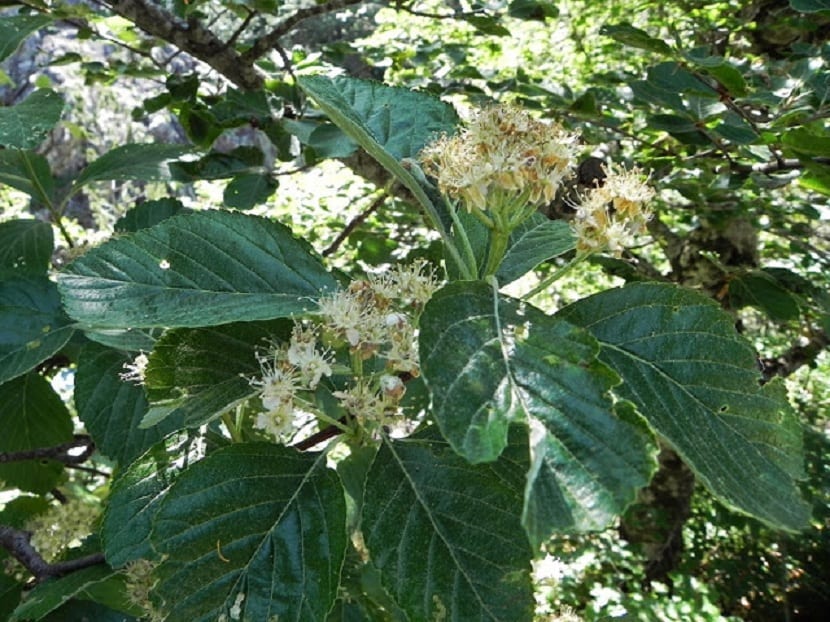
So that this tree can surprise us with its autumn flowering, we must take into account some care that we must give it. The first thing is to have a place to sow it that is fertile and humid and that it can be in direct sun. These trees need a soil that is moist most of the time. As soon as the driest substrate is seen, you have to water.
One of the aspects that the soil should not have in this plant and in almost none is that it is well drained. That the mostard needs a more or less high humidity does not mean that the soil must be flooded or retaining water. If this happens, the tree could drown and end up dying.
We can place it in both heavy clay soils and in semi-shade that will have good success and growth. Another advantage of this tree, which is why it is so successful as an ornamental, is that very well resistant to urban pollution and to places exposed to the most adverse conditions. It is perfect for oxygenate and purify the air in polluted cities or in urban centers. They can also be used to decorate large avenues on both sides of the road or even in the middle.
In nature it grows on stony slopes of calcareous mountains, so they are more than prepared to withstand urban and more polluted environments. In rural areas it is perfect to grow on steep slopes since is able to fix well the terrain on which it is located. This makes it ideal for planting around a reservoir. In this way we will be extending the useful life of the same making that the land does not end up filling the reservoir and reducing its capacity.
Multiplication
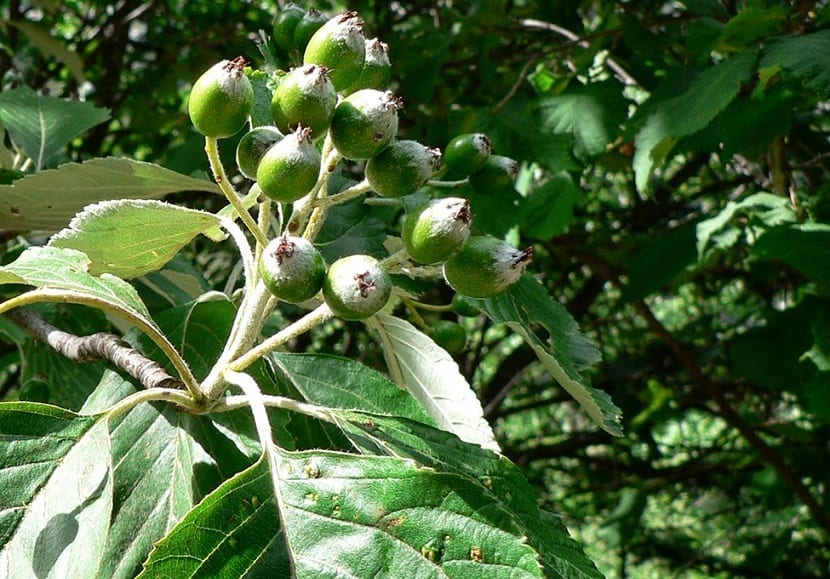
Finally, these trees do not need almost any maintenance such as pruning, I go out to remove the odd branch that you see dead during the summer season. To multiply it, seeds can be used, it is the most efficient way. To do this, we store the stratified seeds in damp sand and wait about three months.
We will sow it when spring comes. When transplanting is needed, it will be done during the fall months.
I hope that with this information you can learn more about the mostajo.
